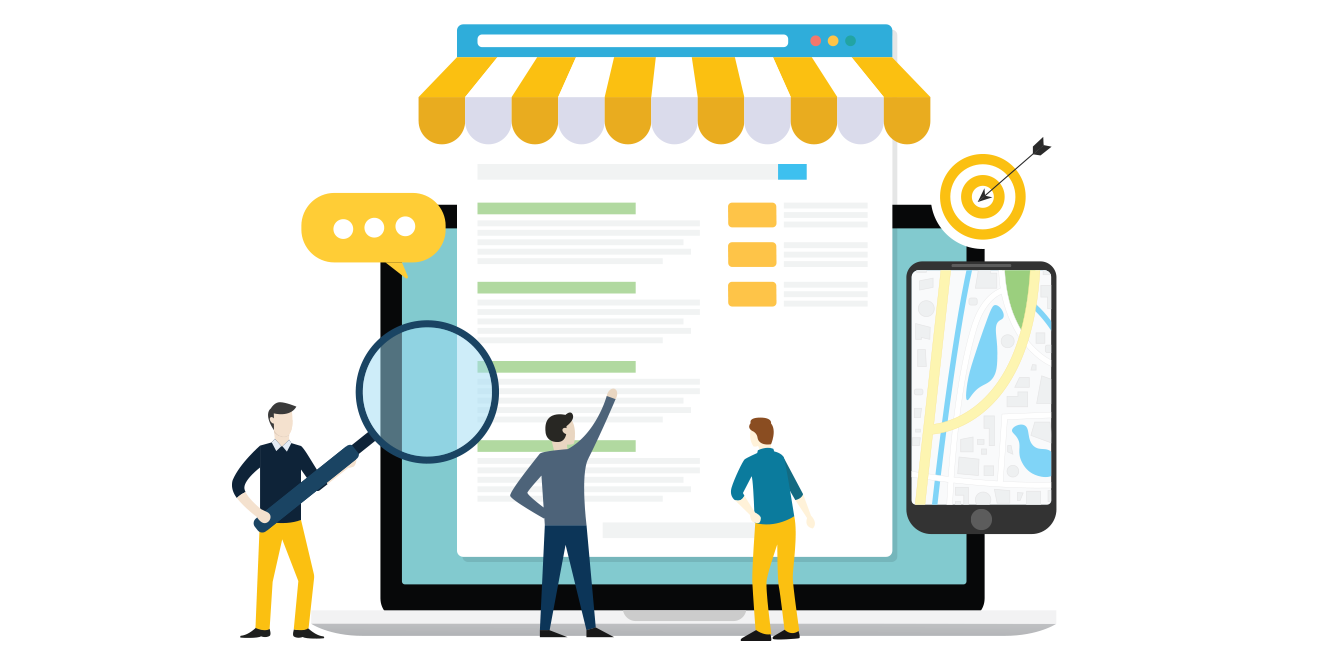In e-commerce, the checkout process is the make-or-break moment for turning browsers into buyers. The all-too-common scenario of abandoned carts can be disheartening for online retailers, but there are strategic steps you can take to optimize the e-commerce checkout experience.
Let’s explore some tips and best practices that will not only minimize abandoned carts but also boost your overall conversion rate.
1. Less is More: A lengthy and complicated checkout process leads directly to cart abandonment. Simplify the journey by minimizing the number of steps and form fields required to complete a purchase.
2. Guest Checkout Option: Not everyone wants to create an account before making a purchase. Offering a guest checkout option allows users to complete their transactions quickly, catering to those who are looking for a seamless and efficient shopping experience.
3. Clear and visible CTAs to guide the way: Make it easy for users to progress through the checkout process without any confusion, ensuring that CTAs like “Add to Cart,” “Proceed to Checkout,” and “Complete Purchase” are prominent and strategically placed. Plus, regularly conduct A/B testing on different elements of your checkout process to identify which combinations result in the highest conversion rates.
4. Mobile Optimization: With an increasing number of users shopping on mobile devices, it’s crucial to optimize the checkout experience for smartphones and tablets. Ensure that your checkout process is responsive, with easily clickable buttons and a mobile-friendly design.

5. Build Confidence: Add trust seals and security badges during the checkout process to re-assure users that their personal and financial information is secure, helping to build trust and alleviate concerns about online transactions. Incorporate social proof and customer reviews strategically, which will reassure potential buyers and increase their confidence in completing the purchase.
6. Multiple Payment Options: Offer a variety of payment options to accommodate different customer preferences, which will reduce friction and increase the likelihood of successful transactions.
7. No Surprises at Checkout: Clearly communicate the total cost of the purchase, including taxes, shipping fees, and any other charges, early in the checkout process.
8. Abandoned Cart Recovery Strategies: Implement automated email campaigns to recover abandoned carts. Send reminders to users who left items in their carts, including enticing incentives such as discounts or free shipping to encourage them to complete their purchase.






